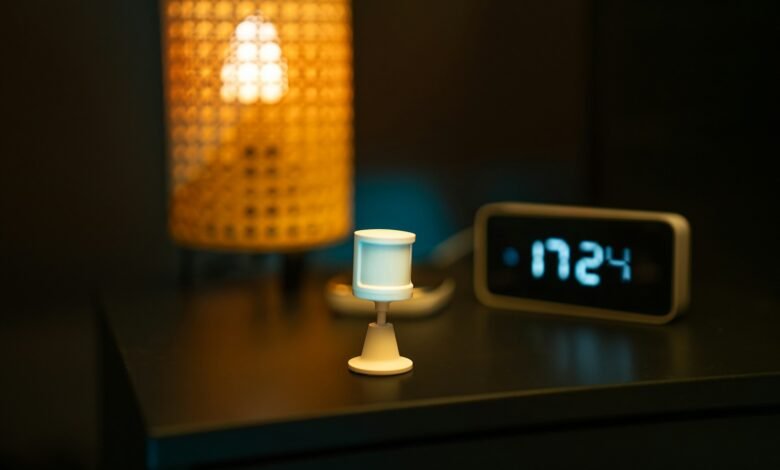Where to Strategically Place Your Alarm System

Securing your home effectively starts with knowing where to place your alarm system. A well-positioned alarm system is crucial in ensuring optimal protection and peace of mind for homeowners. This guide will help you identify the best locations in your home to install these devices, enhancing safety and deterring potential intruders.
Entrances and Exits
Placing alarm sensors at all entrances and exits is essential. These are the primary points where intruders attempt to gain access. Ensure your front, back, and side doors have sensors installed. Don’t forget about your garage door, which often serves as a secondary entrance. A sensor here can alert you to unauthorized entries.
Windows
Windows are common points of entry for burglars. Installing sensors on ground-floor windows and any windows that can be easily accessed via ladders or structures is advisable. Even small windows, such as those in the basement or bathroom, should not be overlooked due to their susceptibility to break-ins.
Hallways and Staircases
Hallways and staircases serve as common pathways within homes. These areas serve as the main arteries of movement within your home, making them ideal locations for detecting any unauthorized activity. Hallways often connect multiple rooms and entry points, while staircases link different floors, ensuring comprehensive coverage. By focusing on these areas, you create a robust network of protection that can alert you to intruders before they reach critical parts of your home. This placement also helps in monitoring intruders who might bypass window and door sensors.
Living Room
The living room often contains valuable items such as electronics, artwork, and other high-value possessions. Positioning a motion sensor in this area can help secure these valuables. Additionally, since the living room is typically centrally located, it offers a broad detection range.
Master Bedroom
The master bedroom is another critical area to secure. This location ensures that you have immediate access to the alarm’s control panel, allowing for quick responses in any situation. Intruders often target this room first, looking for jewelry, safes, and other personal valuables. Installing a motion detector or door sensor in the master bedroom can provide an additional layer of security.
Basement
Basements are frequently overlooked but can be vulnerable points of entry. Ensure that basement windows and the basement door have sensors installed. Basements tend to house valuable items such as tools, electronics, and personal records, which should be protected. Motion detectors can also be effective in this area, especially if there is a direct entrance to the basement from outside.
Kitchen
The kitchen, often one of the most trafficked areas, is a bustling center filled with activity and contains numerous entry points, such as windows and doors. It’s a prime spot for monitoring potential intrusions. Additionally, the kitchen houses many valuable appliances and often serves as a storage space for important documents and items, making it an area worth securing. Motion sensors here can detect unusual activity, especially during off-hours. This area might also include secondary entrances like patio doors, which should be equipped with sensors.
Outdoor Areas
Protect your property by installing motion detectors and cameras in outdoor areas. Driveways, gardens, and patios can be ideal spots for these devices. Outdoor lighting combined with motion detection can also serve as a strong deterrent to potential intruders.
Yard Perimeter
Placing an alarm system in your yard ensures an extra layer of protection, deterring potential intruders before they even reach your home. Strategic positioning of sensors and cameras at entry points like gates, driveways, and garden paths can monitor suspicious activity and trigger alarms effectively. Integrating these elements creates a robust perimeter defense, giving you peace of mind and safeguarding your property.
Home Office
The home office is one of the most crucial areas to secure, especially with the increase in the number of people who work remotely. This space often contains valuable equipment, sensitive documents, and personal information that intruders can target. Securing this space with motion detectors ensures that your professional assets and information remain protected. Positioning sensors at entry points such as windows and doors ensures any unauthorized access is immediately detected.
Attic and Storage Areas
Although less commonly accessed, attics and storage areas can be targeted by intruders searching for hidden valuables. Placing sensors in these locations can prevent unauthorized access and help maintain the security of stored items.
Ensuring that your home is well-secured involves strategically placing your alarm system in critical areas. By addressing common entry points and high-value zones, you can enhance your home’s safety and deter potential threats. For personalized advice and to explore the best alarm system options, schedule a consultation with Rivercity Locksmiths & Security or other security experts today.
We welcome the readers to submit a guest post.




